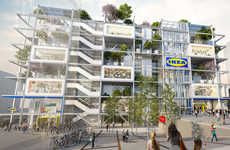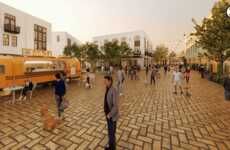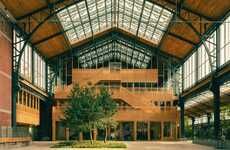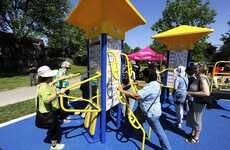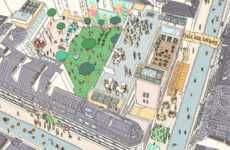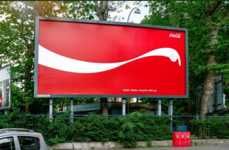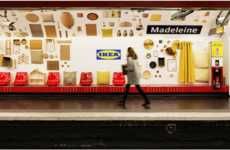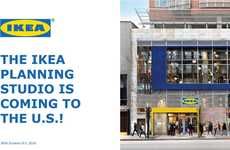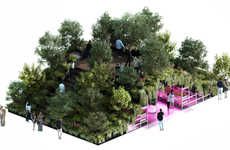
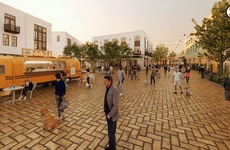

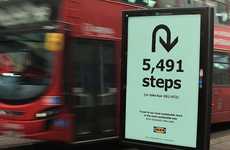
Retail companies and developers are putting the onus on a car-free future
Trend - Temporary pedestrian-friendly spaces have been popular in North America. Recently, the car-free future is being established permanently through the development of specialized neighborhoods or retail stores that specifically accommodate only cyclists, commuters, and pedestrians.
Insight - Contemporary consumers—especially Millennials and Gen Z—are aware of the growing consequences of climate change and feel a sense of duty in doing their part for the planet. As a result, many are opting-in for eco-friendly choices in their day-to-day in order to decrease their carbon footprint and lower pollution. This is motivated not only by an individual need for peace of mind but also a desire for an increased standard of living in urban communities.
Insight - Contemporary consumers—especially Millennials and Gen Z—are aware of the growing consequences of climate change and feel a sense of duty in doing their part for the planet. As a result, many are opting-in for eco-friendly choices in their day-to-day in order to decrease their carbon footprint and lower pollution. This is motivated not only by an individual need for peace of mind but also a desire for an increased standard of living in urban communities.
Workshop Question - Conceptualize some strategies for decreasing your company's carbon footprint, while simultaneously encouraging consumers to do so, as well.
Trend Themes
1. Permanent Car-free Spaces - Developers and retail companies are establishing permanent car-free spaces to accommodate eco-friendly consumers.
2. Directional Walk-encouraging Ads - Advertising campaigns are encouraging pedestrians to visit eco-friendly businesses by providing walking directions in urban areas.
3. Zero-carbon Neighborhoods - Urban planning programs are focusing on net-zero energy consumption for sustainable neighborhoods that are designed with circular and biomaterial consumption systems.
Industry Implications
1. Retail - Retail companies can benefit from establishing car-free or pedestrian-only spaces to accommodate eco-conscious consumers.
2. Real Estate - Developers and architects can take advantage of the trend towards car-free and sustainable neighborhoods in urban areas.
3. Urban Planning - Urban planning programs and initiatives can incorporate net-zero energy consumption into their design, and prioritize circular and biomaterial consumption systems to create sustainable cities.
